When it comes to comfort, we at Boll & Branch mean business, literally. Every day we strive to make sure you have the softest 100% organic cotton duvets, sheets, pillowcases and shams in the industry. Your bed is your sanctuary, and you should love not only the way it feels but how it looks, too. So, you ask, how is a bed “supposed” to be made? Let’s first nail down some definitions, and then take a closer look at how to make a bed.
Bedding definitions
Fitted Sheet:
Otherwise known as the sheet you don’t know how to fold, this is the base sheet that separates you from your mattress. The best are those with deep pockets to fit even the thickest mattresses, and are elastic all the way around to prevent slipping.

Flat Sheet:
This is the sheet that goes over the fitted sheet, and under the duvet. Europeans think this is an unnecessary item, since the duvet cover acts as a flat sheet in itself. But we're Americans - we want it all!
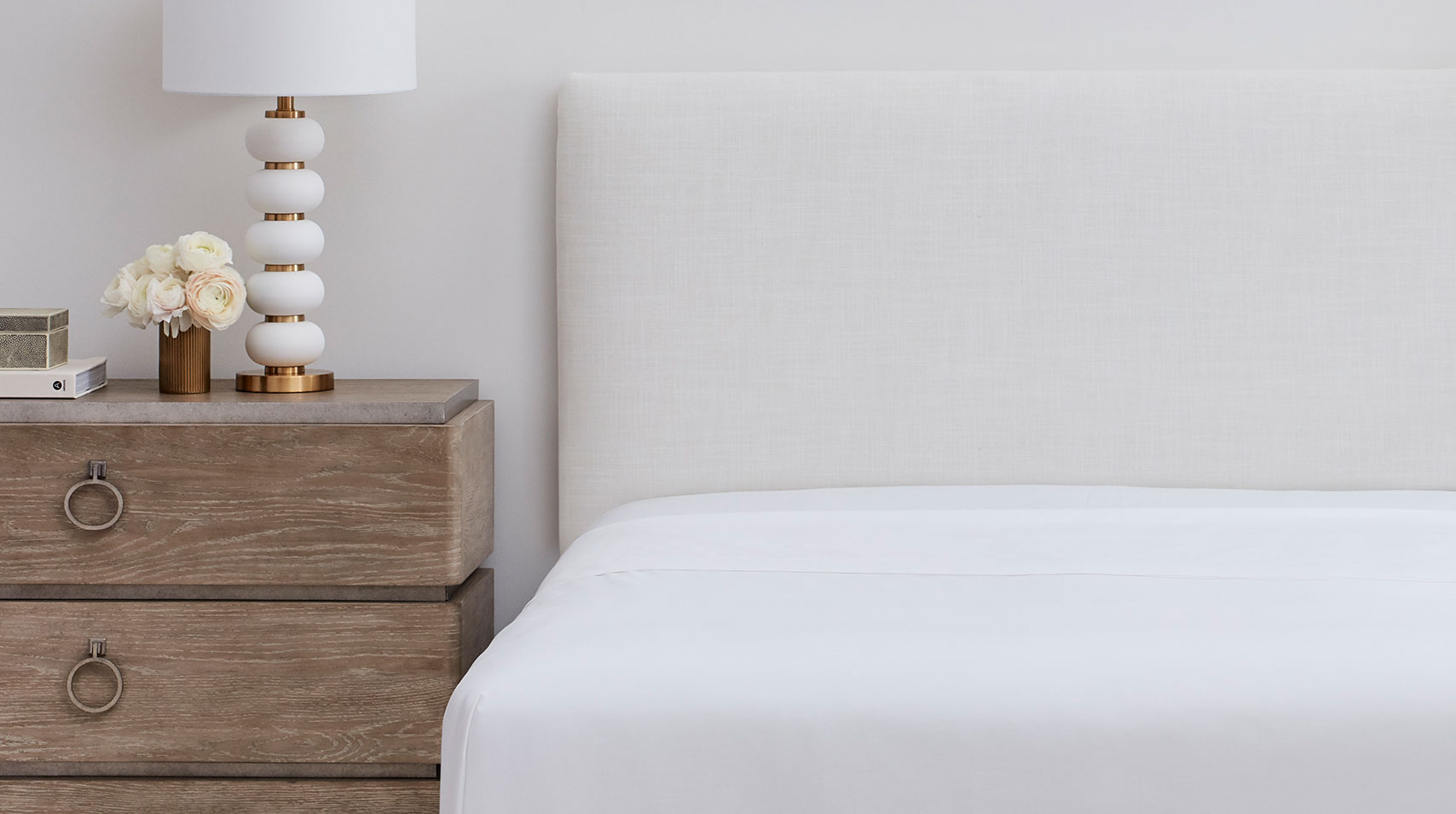
Duvet Cover:
A duvet is a type of bedding that is a soft, flat bag typically filled with organic materials such as down, feathers, wool or a synthetic alternative. The duvet cover is a soft, removable, protective bag that encases the duvet. Duvet covers are easy to wash and make bedroom styling a breeze!
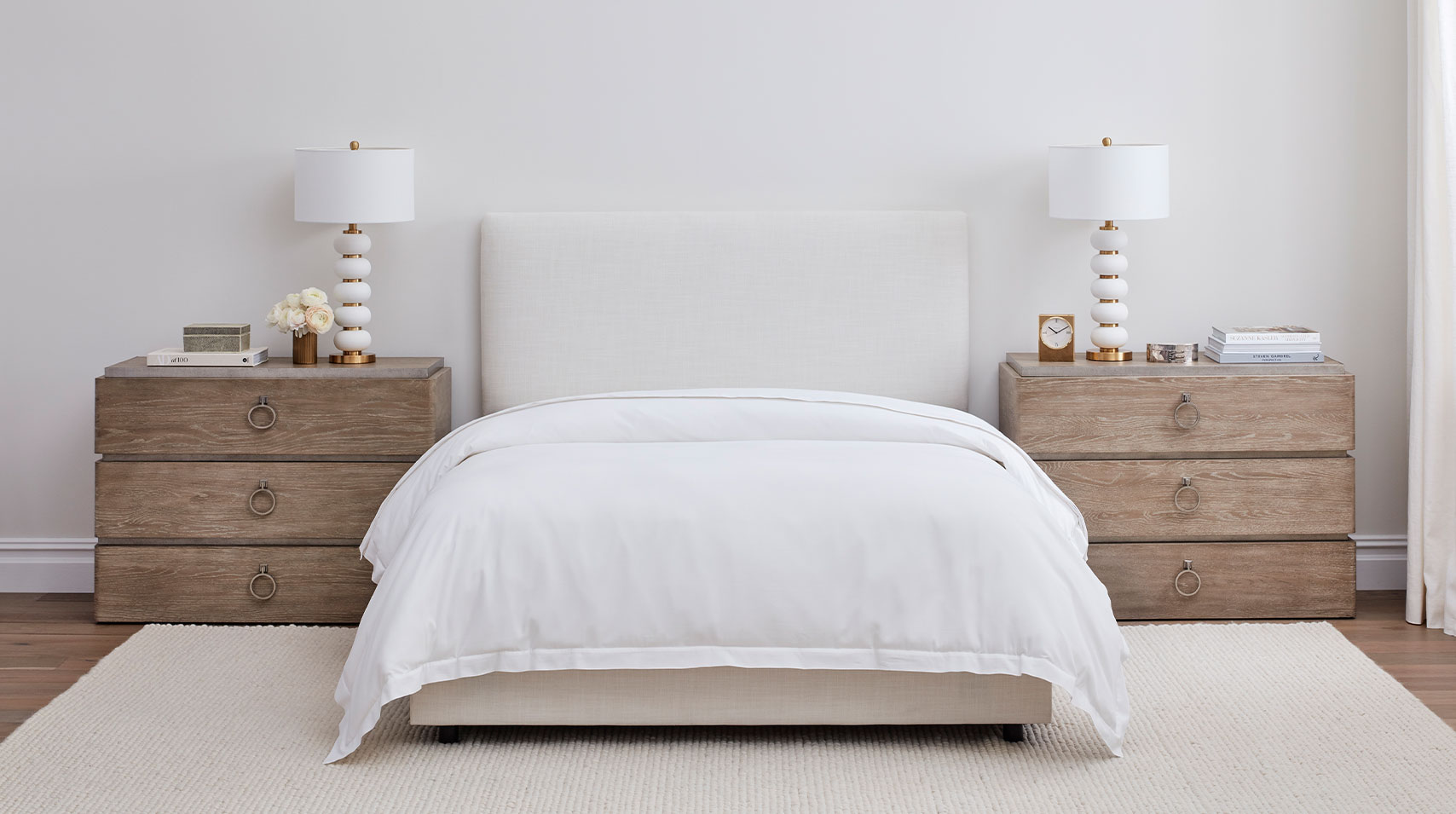
Sham:
Now we’re talkin’ comfy. Euro shams are square, decorative pillows that measure 26” x 26”, and are the first layer between you and your headboard. These are generally the tallest pillows, and should be peeking out from behind your other pillows. Then there are King shams, which are rectangular decorative pillows covers that measure 20” x 36”, and are used as a finishing touch on King/California King beds, as they sit in front of the traditional pillow. Standard shams reach 20” x 26” and are the proper size for Full/Queen beds.
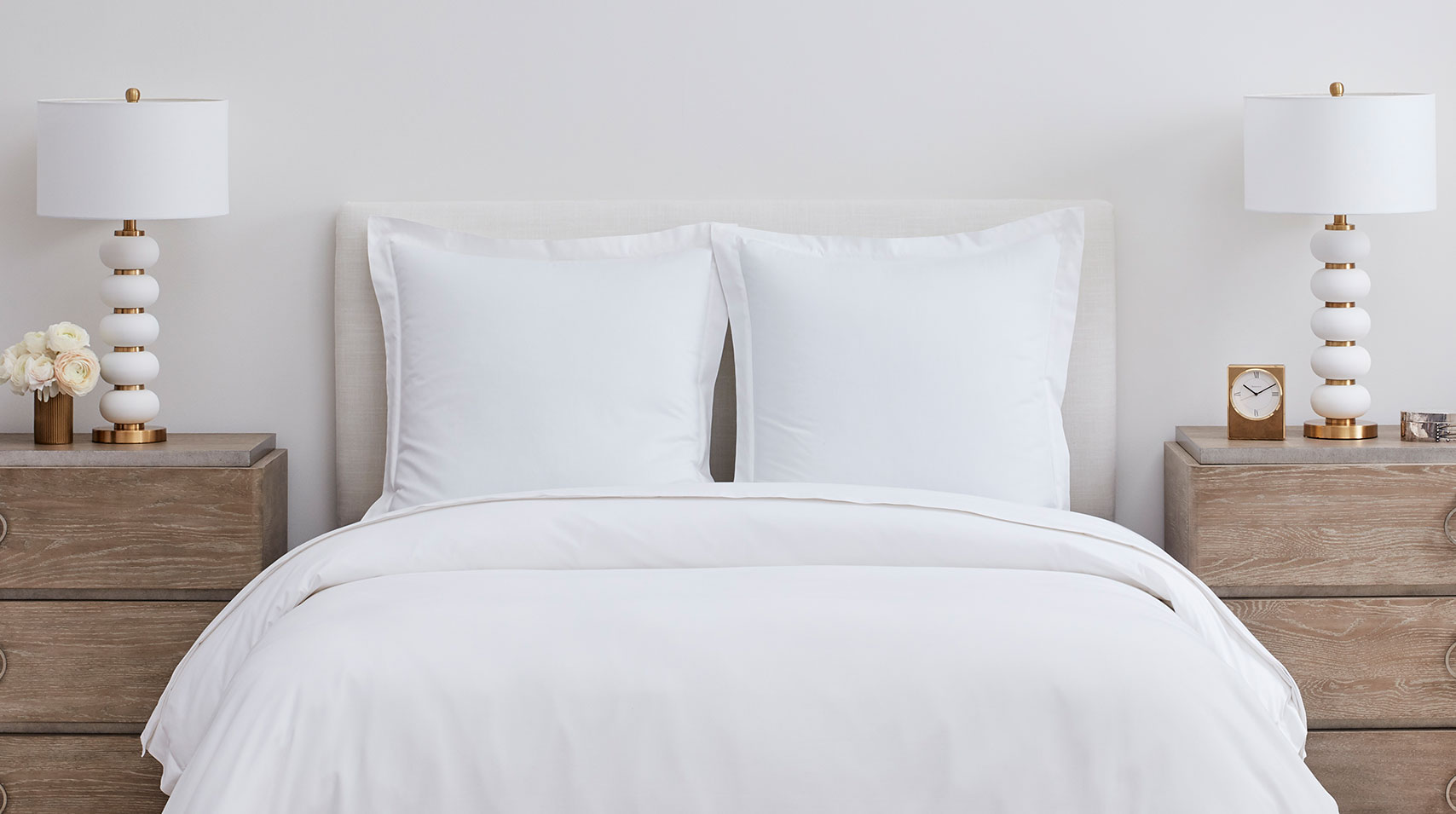
Pillowcase:
Nothing new here, just the regular pillowcase that covers the pillow that most people sleep on. For Full/Queen beds, these pillows reach a standard size of 20” x 30”, while a King/California King bed deserves a king pillowcase size of 20” x 36”. True bedding enthusiasts prefer a 7-inch hem—it just looks better!
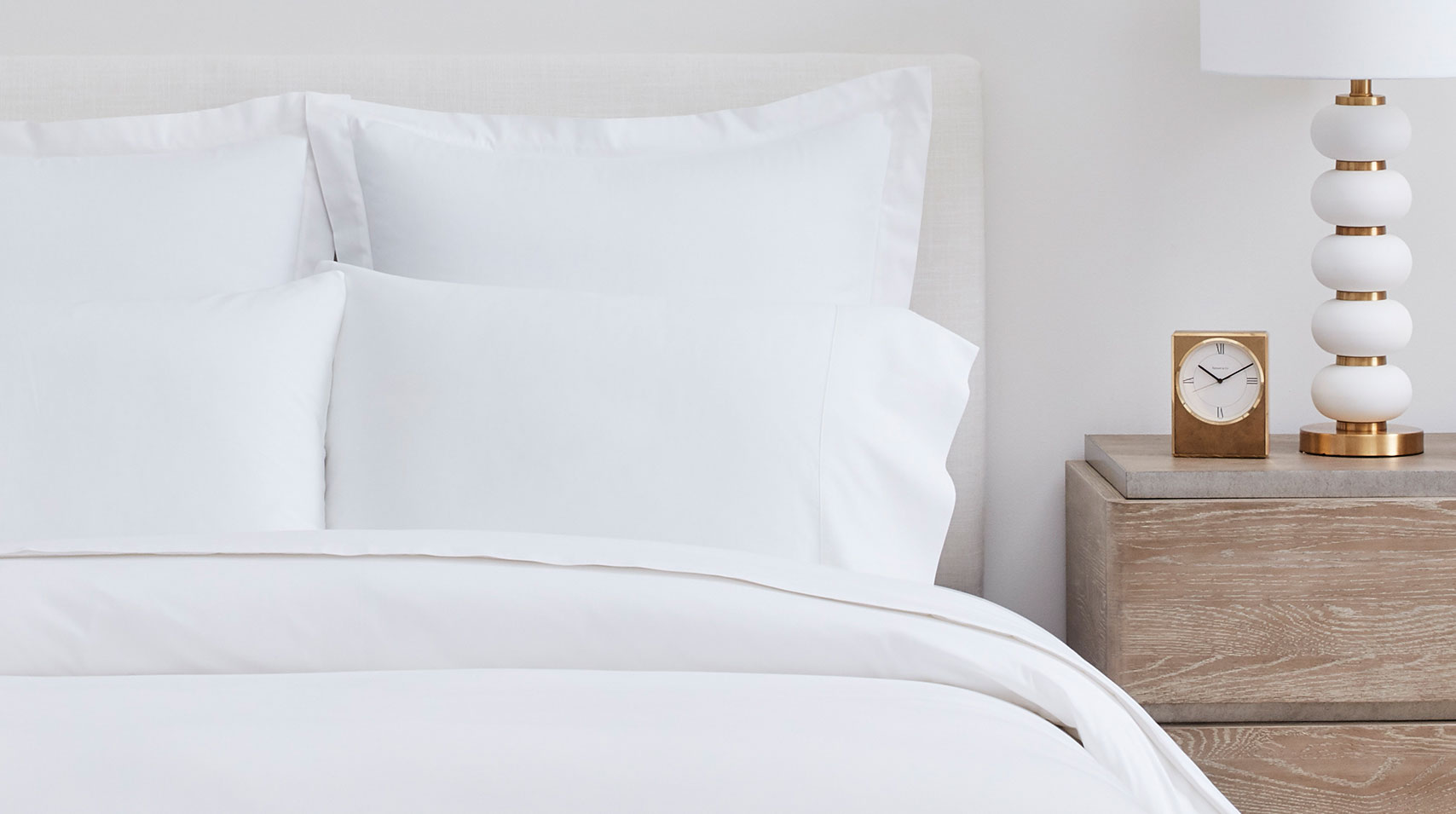
Accessories:
We’ve been styling beds for photo shoots (and in our own homes) for years now, and we’re here to tell you that blankets and decorative pillows aren’t just necessary, but that make the difference between “I made my bed” and “I made my bed a masterpiece.” We like to keep everything within the same tonal family, while we mix up textures a bit. Knit blanket, embroidered pillow covers? Absolutely. Knit pillow covers, woven blanket? Why not? Place the pillows in front of your own pillows, on top of your folded-down top sheet, and lay a blanket casually across the foot of the bed. See how long you can resist curling up there with a good book.
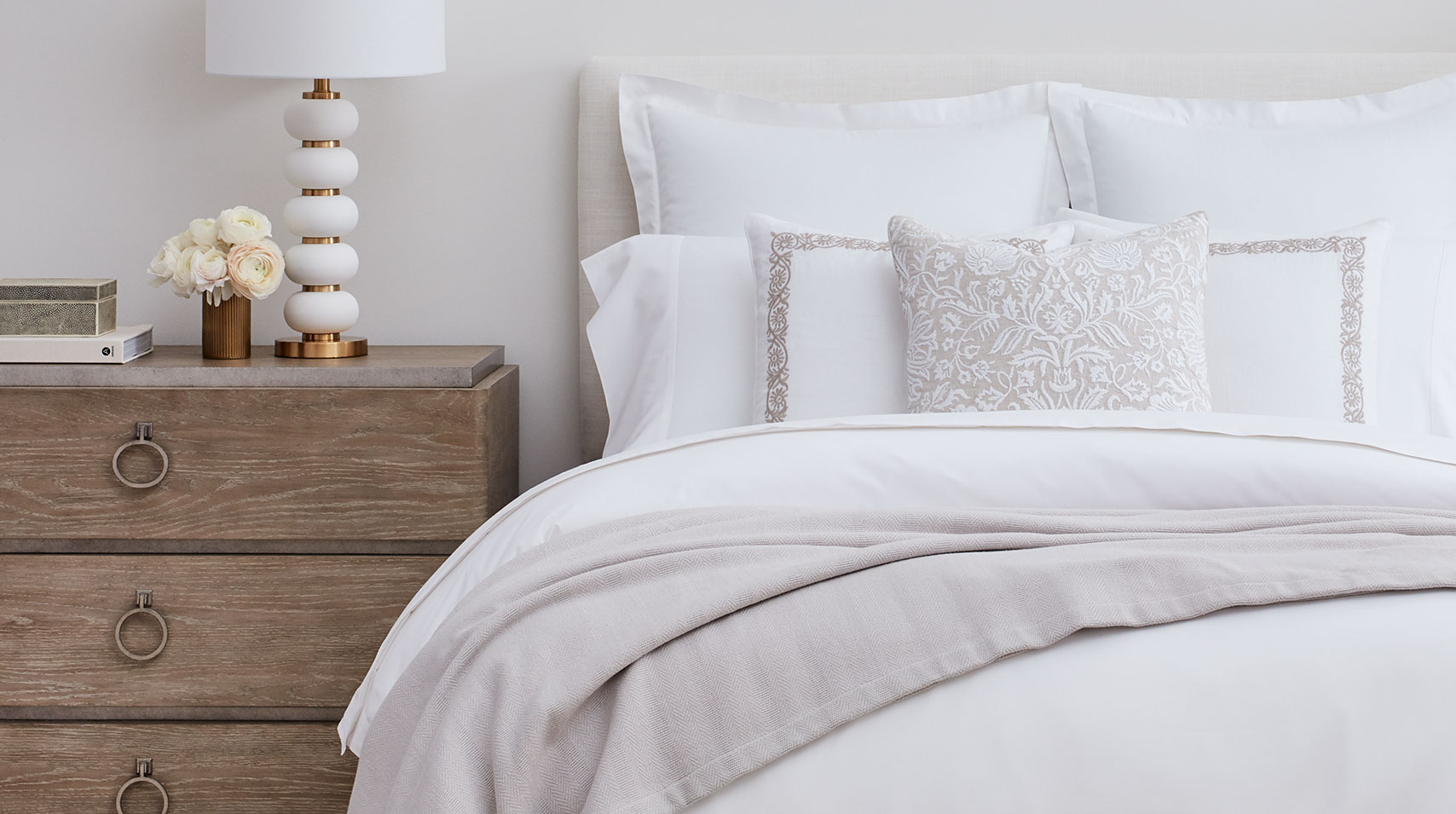
It all starts with identifying what size bed you sleep in. We categorize them as Full/Queen and King/California King (sorry twin bed fans). The only difference between the two is that the King/California King will use three Euro shams in the back, while the Full/Queen will only use two. If you ever need help deciding what size shams and pillows to purchase, refer to the definition list up above!
You are now fully equipped to wow both your mother and your in-laws: you're welcome.